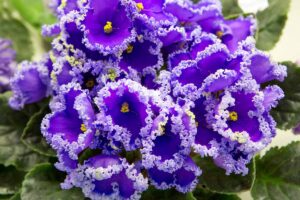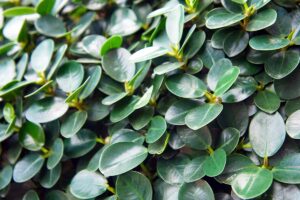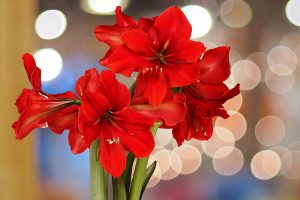Recently, a friend and I talked about houseplants and I mentioned the Boston fern.
There are two types of Boston fern, the sword fern, Nephrolepis exaltata, with upright fronds, and a naturally occurring variant, the gracefully arching N. exaltata ‘Bostoniensis’, as well as numerous cultivated varieties.

We link to vendors to help you find relevant products. If you buy from one of our links, we may earn a commission.
They’re tropical evergreens that can achieve mature dimensions of two to three feet. Many people enjoy them as houseplants, but they also grow well outdoors in USDA Hardiness Zones 9 to 12.
Before I finished, she was shaking her head.
“Oh, no. That’s the messy plant that dropped little dried-up leaves into the copy machine and all over the floor at work. No, thank you.”
If you share her negative impression, please read on – these tips are for you!
Our guides to growing Boston ferns discuss all aspects of cultivation, including how to care for them in winter.
This article outlines growing conditions and zeroes in on proper watering, an essential care task that makes all the difference in loving or loathing Boston ferns.
And we want you to love them!
Here’s what we’ll cover:
What You’ll Learn
Thirsty plants are waiting. Let’s get started!
Cultural Requirements
In nature, Boston ferns grow in tropical rainforests. To mimic ideal conditions indoors, you’ll need to provide the following:
- A daytime temperature no higher than 72°F
- A nighttime temperature that is a little cooler, around 60°F
- 40 to 50 percent ambient humidity
- Indirect sunlight
- A well-draining container
- An airy, moisture-retentive, well-draining potting mix made of ingredients like organic peat moss, sand, and potting soil
- Consistently moist soil without oversaturation
These are stringent requirements, for sure. Let’s look at some ways to meet them in the home environment.
Tools to Support Optimal Conditions
To maintain optimal day and night temperatures, consider using an air conditioner.
If you need to increase the humidity in your home, consider installing a whole-house humidifier on your HVAC system or, more affordably, using an electric mister in the room as you’d do for sinus relief.
Misting with a hand-held sprayer is not recommended, as perpetually wet leaves are vulnerable to fungal conditions.
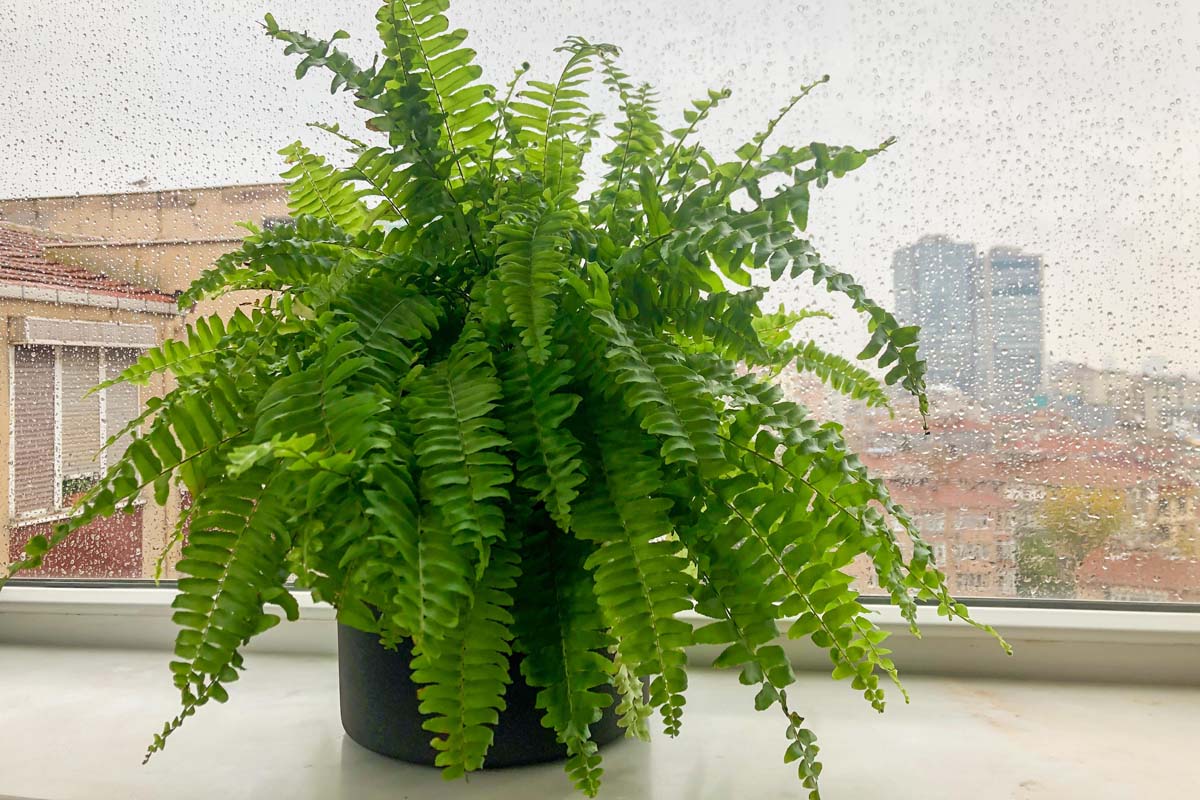
In addition, you can increase the humidity around a plant by double potting or using containers that fit inside each other with a layer of moist pebbles or damp sphagnum peat moss between them.
Or, you can place a tray with a single layer of pebbles beneath a container and fill it with enough water to cover them. As the water evaporates, it adds moisture to the air.
Ensuring that plants are not in direct sunlight is another crucial care requirement.
You can put sheer curtains on a window that is too bright and set the pot three to five feet from it for indirect exposure. Be sure to rotate it a quarter turn daily so all sides frequently face the filtered natural light.
As for watering without oversaturation, be sure your pot has an ample drainage hole(s) and fits snugly without binding the roots. Containers that are too large for their flora are more likely to become oversaturated.
Use a moisture meter as a guide, and follow the instructions below.
When and How to Water
Tropical Boston ferns have high water needs and should never dry out.
Shedding leaves are a sign of poor hydration, high heat, low humidity, and/or overexposure to sunlight.
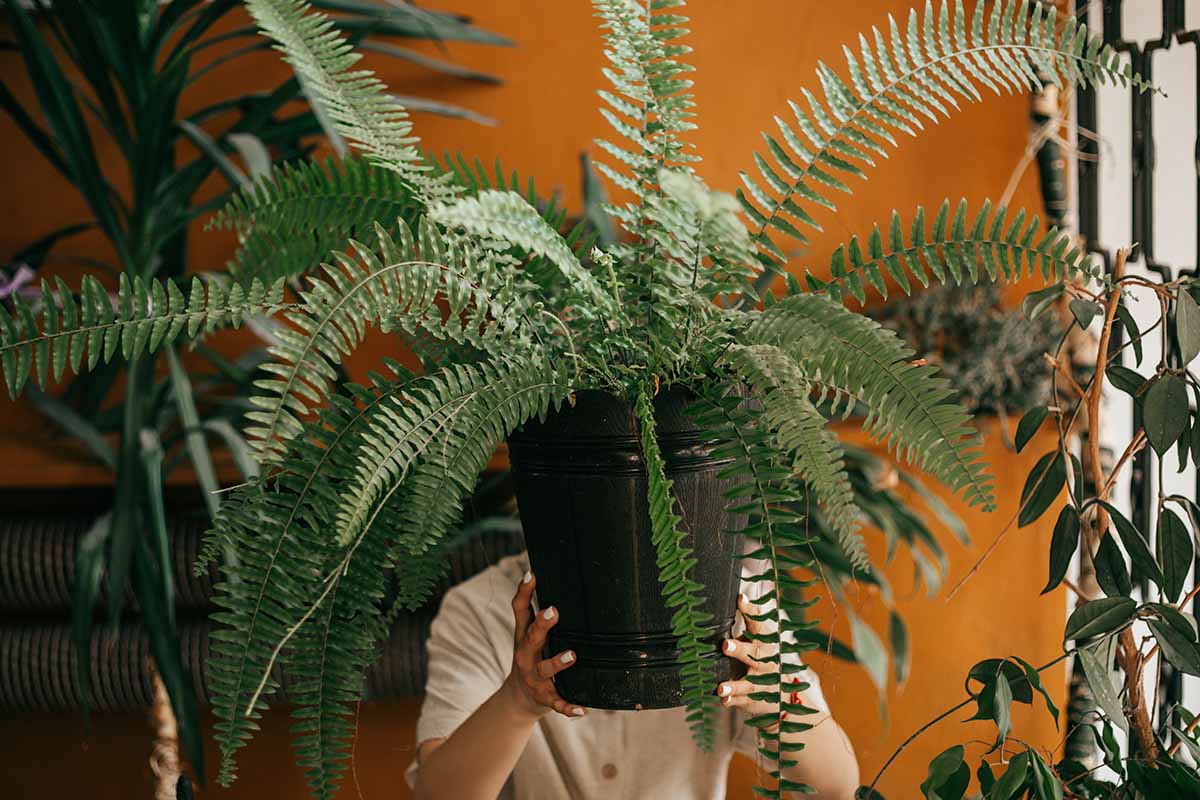
Proper watering begins with a daily soil examination. If the surface feels dry to the touch, and a moisture meter indicates dryness in the upper two inches, it’s time to carry the pot to the sink.
Here’s where it gets serious. A sprinkling can isn’t going to cut it, folks.
To satisfy your fern’s thirst, take it to a sink and let a tepid stream flow through the soil until it runs out the drainage hole(s) at the bottom.
Allow the pot to sit in the sink until it finishes dripping before returning it to its permanent location.
Thorough saturation is the only way to water Boston ferns. How often to do so varies, depending on the pot size and the home environment.
If you use this method and still experience leaf drop, consider the other causative environmental factors and make appropriate adjustments.
Mimic the Tropics
As it turned out, my friend had generously contributed two large, hanging Boston ferns to her office.
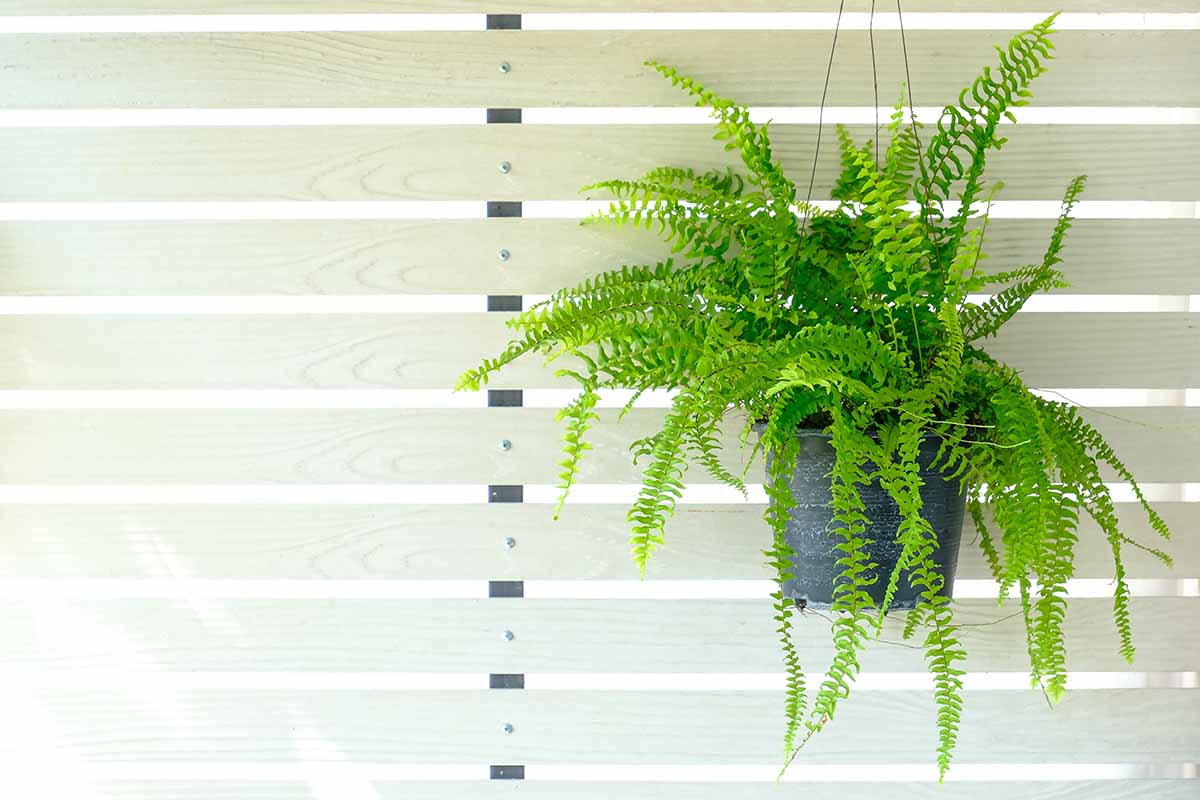
She had hung them in a gorgeous bank of sunny windows and used a sprinkling can weekly.
Unfortunately, direct sunlight and a perpetual state of dehydration caused desiccation and dropping of the little leaflets, aka pinnae.
After discussing rainforest light and moisture, how to mimic the Tropics indoors, and proper watering, she was ready to try again. Only this time, to be on the safe side, she’d move the copy machine first.
Are you growing Boston ferns? Let us know in the comments section below!
If you found this guide helpful and want more practical houseplant information, we recommend the following:
